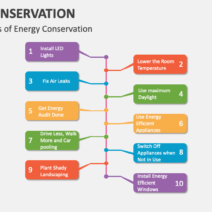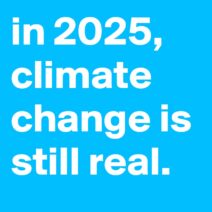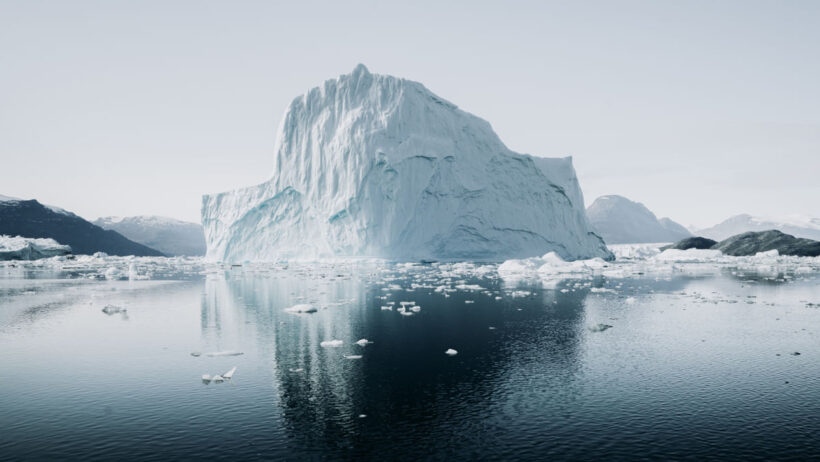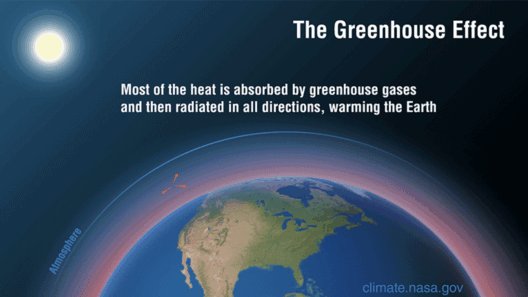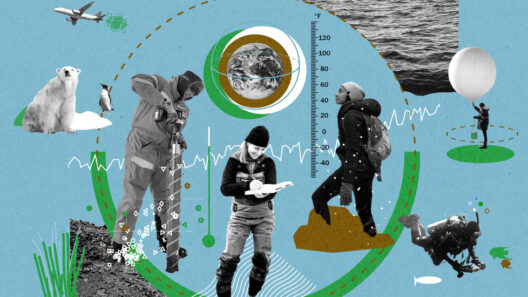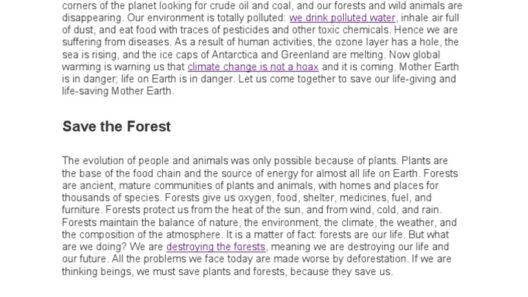The ever-evolving landscape of our planet is marked by myriad consequences of climate change, one of the most alarming being the interplay between global warming and the resurgence of ancient pathogens. As temperatures continue to rise, melting ice caps and thawing permafrost have the potential to awaken dormant microorganisms, giving rise to a host of new challenges in the realm of public health. Could it be that as we grapple with the incipient consequences of climate change, we are also fanning the flames of infectious disease?
Understanding how global warming affects disease biology begins with the concept of pathogenicity. Pathogens, which include bacteria, viruses, fungi, and parasites, have evolved alongside their hosts for eons. In a warming world, however, the delicate balance that has kept many of these agents in check can be tipped, allowing them to thrive in new environments and even expand their geographical reach.
One salient factor that contributes to this burgeoning proliferation of pathogens is the permafrost melt, which exposes ancient microorganisms that have been trapped in ice for millennia. Consider the implications; these long-dormant pathogens could cause diseases that human immune systems have never encountered. The revival of such pathogens poses not only direct health risks but also questions the adequacy of our contemporary medical infrastructure. What if the next pandemic is rooted in a microbe that has slumbered silently beneath the ice?
Moreover, the warming climate is altering habitats, facilitating the migration of vectors like mosquitoes and ticks that are notorious for transmitting disease. For instance, as the Arctic warms, these vectors may gradually extend their range northward, introducing diseases such as Lyme disease and West Nile virus to new populations previously unexposed to their deleterious effects. This newly expanded habitat increases contact between humans and vectors, exacerbating the potential for outbreaks.
Another dimension to consider is the relationship between temperature and microbial growth. Elevated temperatures can enhance the replication rate of bacteria and viruses, which in turn increases the likelihood of transmission between hosts. This phenomenon is particularly noticeable in waterborne diseases; warmer waters create a conducive environment for pathogens like Vibrio cholerae, which poses significant risks to populations relying on contaminated water sources. Increased occurrences of cholera during warmer months serve as a reminder of how easily our health can be compromised by climate factors.
Climate change also creates conditions conducive to the emergence of zoonotic diseases—those that are transmitted from animals to humans. Deforestation and habitat destruction result in closer interactions between humans and wildlife, facilitating the spillover of pathogens. The interdependence of biodiversity and the health of ecosystems underscores a critical point: as ecosystems are disrupted, the risk of emerging diseases escalates. The ongoing pandemic has only highlighted this interplay, urging a reassessment of our relationship with nature.
Furthermore, public health systems around the globe are facing unprecedented strain due to climate-induced health challenges. The resources and infrastructure needed to monitor, prevent, and respond to emerging infections are often insufficient. Vulnerable populations—those in low-income regions or with limited access to healthcare—bear the brunt of these threats. This scenario raises a pressing question: how do we bolster our health systems to effectively combat the dual threats of climate change and disease emergence?
It is imperative to recognize that combating this burgeoning threat requires an interdisciplinary approach. Public health officials, ecologists, and climate scientists must collaborate to devise strategies that range from surveillance of emerging pathogens to the implementation of policies that address climate change comprehensively. For instance, monitoring programs can help track the movements of invasive vectors and the resurgence of pathogens in thawing permafrost. Simultaneously, continued investment in climate-resilient infrastructure and sustainable practices can mitigate the root causes of climate change and associated health risks.
Educating communities about the risks posed by climate change and emerging pathogens is also vital. Public awareness campaigns can encourage behaviors that reduce the spread of disease, such as maintaining hygiene and ensuring access to clean water. As we aim to foster resilience against infectious diseases, community engagement becomes paramount. This is an opportunity for citizens to take part in advocacy, pushing for policy changes that address the underlying issues of climate change and promote public health.
While the challenges presented by global warming and the resurgence of pathogens are indeed daunting, they also offer avenues for innovation and collaboration. The scientific community must be encouraged to pursue cutting-edge research that explores the myriad ways pathogens can adapt and thrive in a changing world. Investment in vaccine development, rapid diagnostics, and research into eco-friendly pest control could yield long-term benefits in our battle against infectious diseases.
In conclusion, the nexus between global warming and the rise of disease-causing pathogens is increasingly evident. As we confront these existential threats, it is crucial to foster a sense of urgency and collective action. The outreach must not only inform but also empower individuals to advocate for systemic changes that prioritize both planetary and public health. As we ponder the future, one essential question remains: Are we, as stewards of this planet, prepared to confront the repercussions of our changing world?
